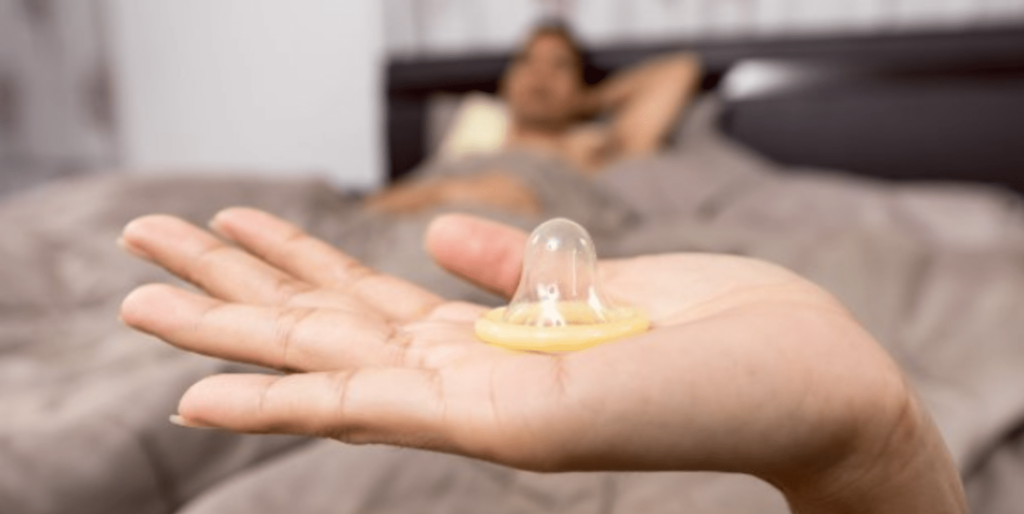Condoms are a crucial tool in preventing sexually transmitted infections (STIs) and unintended pregnancies. However, many people make mistakes when using condoms, which can lead to a higher risk of infection and unplanned pregnancies. In this blog, we will discuss the common mistakes to avoid when using condoms to ensure a safe and responsible sexual experience.
Mistake 1: Not Using the Right Size
Using a condom that is too small or too large can lead to discomfort, slippage, and increased risk of breakage. It is essential to choose a condom that fits comfortably and snugly. If you are unsure about the size, consult with a healthcare professional or try different sizes to find the best fit for you.
Mistake 2: Not Using a New Condom for Each Sexual Encounter
Using the same condom for multiple sexual encounters can increase the risk of breakage and infection. Always use a new condom for each sexual encounter to ensure maximum protection.
Mistake 3: Not Checking the Expiration Date
Using an expired condom can lead to breakage and reduced effectiveness. Always check the expiration date before using a condom, and discard any expired or damaged condoms.
Mistake 4: Not Using Lubricant
Using lubricant can help reduce friction and increase the comfort of the condom. However, some lubricants can damage the condom material, so always choose a condom-friendly lubricant.
Mistake 5: Not Putting the Condom on Correctly
Putting the condom on incorrectly can lead to breakage and reduced effectiveness. Always put the condom on correctly by pinching the tip and rolling it down the penis. Check out our guide on how to wear a condom.
Mistake 6: Not Using a Condom During Oral Sex
Using a condom during oral sex can help prevent the transmission of STIs. Always use a condom during oral sex to ensure maximum protection.
Conclusion
Using condoms correctly is crucial for preventing STIs and unintended pregnancies. By avoiding these common mistakes, you can ensure a safe and responsible sexual experience. By following the guidelines outlined in our blog post, you can protect both yourself and your partner from potential risks and consequences.





